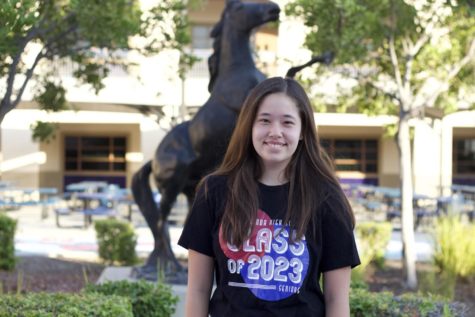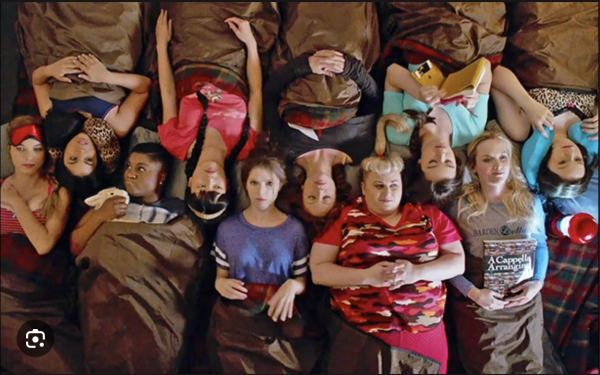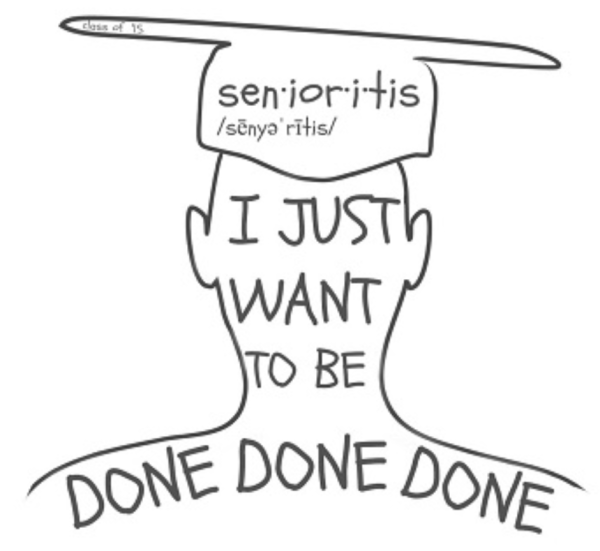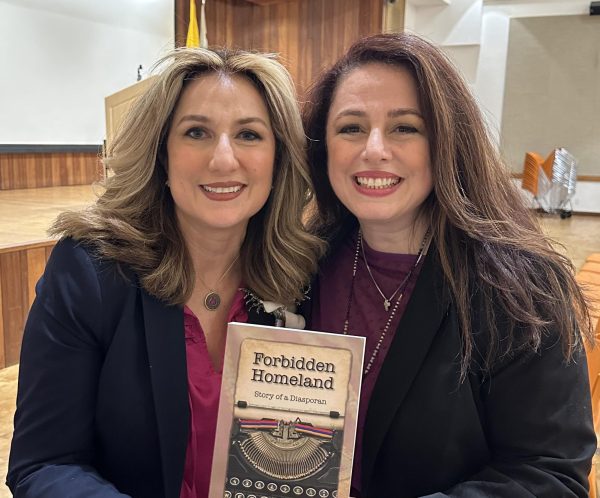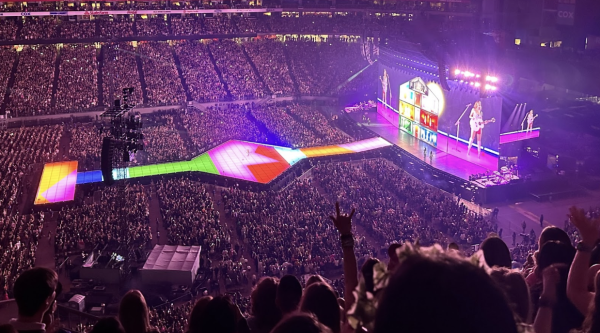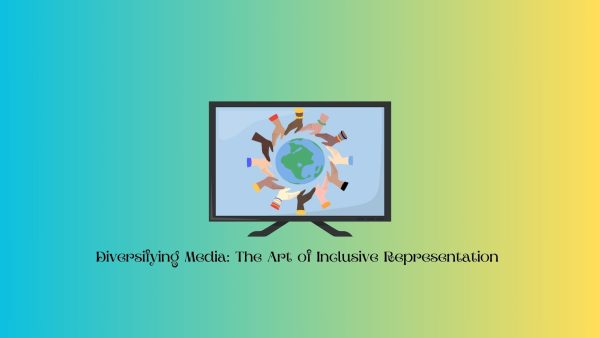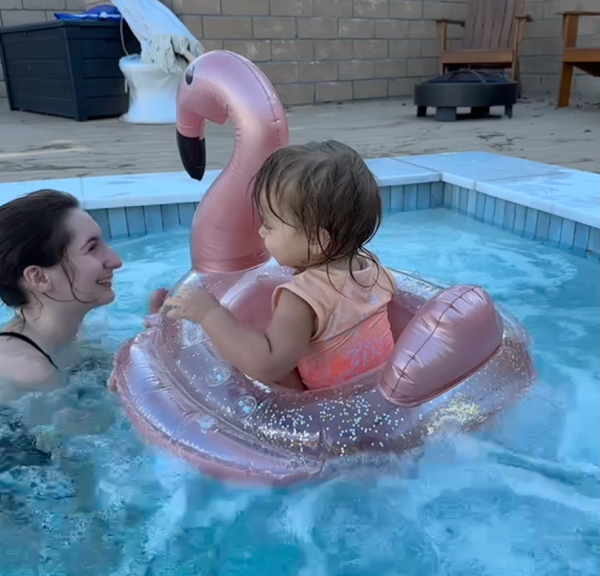Should Schools Temporarily Return Online?

Courtesy of the City of Mission Viejo
Due to the rapid rise in COVID-19 cases, many schools across the nation have considered a temporary switch back to remote learning.
January 18, 2022
The sound of coughing persists throughout each class period, leaving me feeling unsettled. I’m relieved if it’s the person across the class, and I make a mental note to avoid that individual at all costs. However, I’m not always so lucky. What began my initial discomfort was the person behind me who coughed nonstop, but as cases rose, so did similar incidents, along with my fears. As the Omicron variant spread, so did the number of people I knew who were getting COVID-19. Now, as I sit in front of my teacher who lectures with a croaky voice, coughs seemingly every thirty seconds, and shows up to school despite “feeling under the weather,” my already fragile sense of “safety” has all but diminished.
Schools stress that in-person learning is safe, but since the first week back from break, school has been anything other than safe. As cases rose, the enforcement of masks in some of my classes have dwindled to the extent where I realized that I felt safer when I was assisting in the discharge of a COVID-19 patient in the hospital where I volunteered; at least everyone there wears masks properly and social distances. I watched intently as a classmate successfully lasted an entire period without a mask even touching her face because she couldn’t drink Starbucks while wearing a mask. The maskless conversations indoors in my classes have seemingly tripled as cases have spiked. A friend of mine shared how a classmate who sat next to them spent an entire period maskless during a Friday test – but where was that student after the weekend? Absent.
How many people must miss school in order for something to be done? I’m certain that it is only a matter of time before that empty desk in class – one with only a third of its students – will be me in the next few weeks. Because of this, I raise the now commonly asked question: should schools return to online learning?
Some people may argue that there are remote learning opportunities for people like me who feel unsafe on campus. The Placentia Yorba Linda Unified School District has online options available. One such option is the Buena Vista Virtual Academy. After looking into their course catalog, I was highly displeased to see that not one of the classes that I am currently enrolled in is even offered at their school. As someone who takes immense pride in academic achievement, attending such a school that offers not a single AP class would be degrading. Even for people who are currently taking overlapping courses, what we are looking for is not long-term homeschooling: we need a temporary return to online learning to accommodate the rapid rise in COVID-19 cases. Thus, this argument is invalid, and more should be done to accommodate people who do not feel safe on campus right now.
One of the most upsetting problems is the extreme inaccuracy of the PYLUSD COVID-19 dashboard. As of January 10, 2022, the board states that nine students at Yorba Linda High School have COVID-19. How can this be true when I know over nine students who are positive? How can I trust that the school is contact tracing when my classmates are testing positive, but I am not being notified?
Still, there are people who cling to in-person learning because they know that it is what suits their learning style best. According to Juliana Neemeh (11), she “does not think that we should go back online because it limits our social interactions, and it makes classes more difficult.” These points are extremely valid and should be taken into consideration. The lack of social interaction through virtual learning is perhaps one of the greatest drawbacks of a return to remote learning. Also, many students do struggle significantly more through remote learning than they do with in-person learning. While students like me thrived with remote learning, others struggled greatly.
Despite this, some schools have already made the switch back to remote learning. Notably, public schools in Chicago closed in response to high COVID-19 cases. Many more schools from elementary to university have gone remote, and it is likely that more will follow in response to the spread of the Omicron variant. While I doubt the school district will voluntarily choose to do this, I do believe a return to virtual learning should be seriously considered.
With a rise in student and staff cases, empty classrooms and missing teachers are becoming the new norm, and schools should start prioritizing safety. Distributing test kits is great, but it is not enough. Updating a questionably accurate dashboard is good, but it certainly is not enough. The people I know who don’t follow safety guidelines say it is because their chances of getting severely sick are so low, there is no need to worry. This is more than the safety of the students – it is the safety of the community of people that students interact with. People who say schools are safe only argue in favor of the safety of children, but what about the high risk individuals that children come in contact with?
In order to ensure the safety of both students and the rest of the community, schools must do more to prevent the spread of COVID-19. One such solution is a return to online learning, but as mentioned before, there are drawbacks to this solution. To some, a return back online is extremely disruptive to students, but for others, it is a much welcomed change to a safer environment. Since this change is unlikely, there is still more that can be done if schools remain in-person.
One potential solution is weekly testing. Even if it is only a small sample of the school’s population each week, weekly testing could help identify potential outbreaks of COVID-19 in schools. Another solution could be better contact tracing. If there is a classmate of mine who has contracted COVID-19, I believe that I should be informed. Most importantly, if no other change is implemented, I believe that schools must do a better job at enforcing mask mandates. If schools can’t even enforce something as simple as enforcing a mask, how can we ever stop the spread of COVID-19? The answer to whether or not schools should return to in-person learning is full of much gray area. Still, with certainty, I believe that more must be done to protect students if schools wish to prioritize safety.


